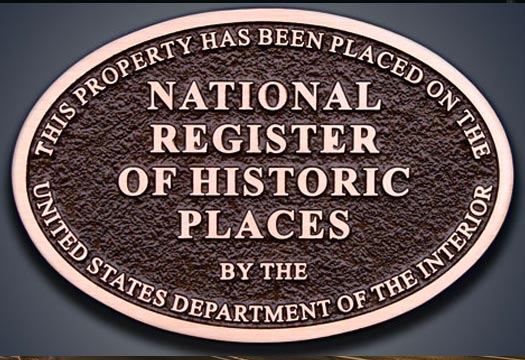
15 Oct Historic Roosevelt District History Sketch
Historic Roosevelt District MRA is located in Central Phoenix. This district was placed on the “National Register of Historic Places” in 1983. Winding through the Roosevelt Neighborhood, one passes along palm tree-lined streets with homes consisting of one, one-an-one-half and two story residences. The area is also host to the Margaret Hance Park, on the West side of Central Avenue. There also other historic buildings including Kenilworth School Phoenix LDS (Latter Day Saints) Church, (Now the home of the Phoenix Puppet Theater), Trinity Cathedral, Knights of Pythias building and the infamous Westward Ho Hotel.
Most of the buildings in the Roosevelt Neighborhood MRA were built between 1893 and 1938, which became the homes of many political figures, entrepreneurs, capitalists and community leaders. The architectural development of this district may be divided into three building phases: early development (1893—1910), middle development (1911—1925), and late development (1926—1938). Few of the buildings erect-ed during the early development have survived. Most notable among those that are extant are the O.C. Thompson House, the Ezra W. Thayer House, the Herman D. DeMund House, and the Harry E. Pierce House. Moreover, along Second Avenue stand a row of vernacular Neoclassical cottages built between 1904 and 1907.
During the middle phase of development the Bungalow was the predominant style. Among the bungalows are houses and apartment buildings in the Mission Revival, Spanish Colonial Revival, English Cottage Revival, Southwestern vernacular, and Prairie styles. There are also Dutch Colonial Revival, Italian Villa Revival, and Neoclassical Revival houses. The striking silhouette of the streetscapes is created by the Juxtaposition of gabled rooflines, occasionally interspersed with hipped and flat roofs.
Houses erected during the late phase of development are distinguished from their immediate predecessors by their greater simplicity and economy of detail. Notable exceptions include a number of Period Revival houses. Most of which are one story in elevation and asymmetrical in massing, with gabled roofs. Construction of these homes and buildings were made with the use of brick, wood, stone, prefabricated components and pressed and cast metal. The completion of the transcontinental railroad in Arizona in1883 and1884 made use of imported materials much easier and a relatively inexpensive to use. The majority of the buildings in the neighborhood are built of local, soft brick, although almost 70 percent have a stucco finish. Other materials used for structural systems in the Roosevelt Neighborhood MRA include concrete block and reinforced concrete.


